Dolton / Oveltone / Ovveltone / Oweltone

Image copyright © Baptisteria Sacra Index, 2023
Results: 21 records
B01: view of basin - south side
B02: view of font - east side
B03: view of font - north side
B04: view of font - west side
view of base - east side
view of base - north side
view of base - west side
view of basin - east side - reversed
view of basin - north side - reversed
view of basin - south side - reversed
view of basin - west side - reversed
view of church exterior - south view
view of church exterior - west view
view of font - east side
view of font - east side
view of font - north side
view of font - north side
view of font - south side
view of font - south side
view of font - west side
INFORMATION
FontID: 00789DOL
Object Type: Baptismal Font1
Church/Chapel: Parish Church of St. Edmund
Church Patron Saints: St. Edmund the Martyr [aka Edmund of East Anglia]
Church Location: Church St, Dolton EX19 8QF, United Kingdom -- Tel.: +44 1805 804264
Country Name: England
Location: Devon, South West
Directions to Site: Located off (E) of the A386, about 25 kms N of Okehampton
Ecclesiastic Region: Diocese of Exeter
Historical Region: Hundred of North Tawton [in Domesday]
Font Location in Church: Inside the church, in the central nave, W end [cf. FontNotes for relocation of the font within the church]
Century and Period: 8th - 10th century, Medieval / composite
Cognate Fonts: The fonts at Melbury Bubb (Dorset) and Dolton (Devon) are also believed to have been made from an Anglo-Saxon sculptured cross
Credit and Acknowledgements: We are grateful to Dr. Roger Peters, of www.wissensdrang.com, for his permission to use the transcription of and images from Stabb (1908)
Font Notes:
Click to view
There are two entries for Dolton [variant spelling] in the Domesday survey [http://domesdaymap.co.uk/place/SS5712/dolton/] [accessed23 March 2015], but neither mentions cleric or church in it. A font here is described in Lysons (1806-1822) as a baptismal font "square, on a square base [...] highly enriched, but the ornaments are much worn." White's Gazetteer of 1878-1879 mentions "a very curious early Norman font". Jones (1891) reviews the early sources that both included and missed this font, and notes that sometime after Lysons' viewing of the font [i.e. pre-1822] the font had been plastered and encased in wood. Later, a resident of Dolton, George Arnold, reported to Jones (ibid.) that, in 1862, "the casing was removed, and the plaster in which it was found to be enveloped stripped, and that some defaced portions of the present west face of the lower section were 'restored' at the expense of [...] the late Rev. William Heberden Karslake, of Meshaw, and the font removed to its present position." Jones (ibid.) includes photographs of the font taken for him by a Mr. Long, of Exeter, in 1888, as well as a report by the Rev. G.F. Browne, Disney professor of archaeology at Cambridge and, later, Canon of St. Paul's. In his report, Browne puts forward several suggestions, among them that the two blocks of the font are unrelated: "I am inclined to think [...] that the two pieces are fragments of two different shafts". Regarding the date of the two blocks that make up the font, Browne writes: "I do not see why they should not be 1100 years old, dating from a period at which many of the monuments whose fragments we have in the North of England must have been sculptured, say from 180 A.D. to 850 A.D." Jones (ibid.) mentions also the fonts at Melbury Bubb and another at Wilne, as two other fonts "formed out of a sculptured fragment upside-down." Kelly's Directory of Devon for 1902 notes that "the church retains a pre-Norman font, dating from about A.D. 680 to 850 [obviously after Browne]. Studied by Romilly Allen (1902). Included in Clarke's survey (1913) of Devon fonts. Cox & Harvey (1907) write: "The font at Bolton, Devon, is constructed from two pieces of highly-ornamented pre-Norman cross shafts." Described and illustrated in Bond (1985) as a pre-Conquest cross made of three parts: 1)a modern pedestal; 2)"a couple of blocks from a rectangular Saxon pillar-cross, cemented together, the joint being north and south; 3)"a block from the same or a smaller rectangular Saxon cross, hollowed out to serve as bowl. Bond (ibid.) continues to explain that the interlacings resemble those on a block, the so-called Serpent Stone, dug up in Rowberrow churchyard, Somerset, in 1866, now safely housed inside the church. Now it is known that when St. Aldhelm died at Doulting, Somerset, in 709, his body was taken for burial to Malmesbury Abbey, and along the route seven crosses were erected, just as in the 13th century when Queen Eleanor was taken for burial to Westminster. It is possible, therefore, that the blocks both at Rowberrow and at Dolton are portions of the seven crosses erected in 709. [cf. ST.ALDHELM, HIS LIFE AND TIMES, by Dr. Browne, Bishop of Bristol, 1903]. Tyrrell-Green (1929: 23) that although both parts of the font "have been formed out of fragments of square shafts of Celtic crosses [...], the two are quite unrelated and are altogether dissimilar in the design of their ornament." Noted in Pevsner (1952): "Font, not really a font, but two blocks from a Saxon cross". Described and illustrated in Stabb (1908), who identifies some of the motifs: "When the shaft was converted into a font the upper portion was turned upside down, so to see the carving correctly the illustrations should be held in the same position. On the upper part of the south side [plate 86a] is a human face, an animal, possibly intended for a dragon, issuing from each nostril. On the west side [plate 86b] are two animals somewhat similar in character to those on the south, but they have wings and feet, and there is no human face in the centre of the panel. The eastern side [plate 86c] has two animals, apparently intended for some kind of fish, with their tails crossed and their heads uniting at the top of the bowl. The north side [plate 86d] is carved with the figure of eight pattern on the lower block, and the upper with an effective pattern which is constantly found on early sculptured stones in Great Britain." The entry for this church in Historic England [Listing NGR: SS5700312012] notes: "Parish church. C13 with early C16 additions restored and apparently partially rebuilt in 1888 […] The font is particularly interesting because it consists of 2 intricately carved Saxon stones, the original purpose of which is unclear although it is suggested they may have been formed a cross."
On-site notes: the top cut portion of the Saxon cross used for the bowl is inverted; on the south side of it a face with branches coming from its mouth is upside down; the other motifs could be viewed upright or upside down; the bowl has not been lined with lead but there is a central drain in the bowl. Modern pedestal (with mounted Anglo-Saxon rectangular block from pillar cross on north and south sides).
COORDINATES
Church Latitude & Longitude Decimal: 50.889735, -4.034502
Church Latitude & Longitude DMS: 50° 53′ 23.05″ N, 4° 2′ 4.21″ W
UTM: 30U 427238 5638073
MEDIUM AND MEASUREMENTS
Material: stone, type unknown
Number of Pieces: two
Font Shape: rectangular (mounted)
Basin Interior Shape: rectangular
Basin Exterior Shape: rectangular
Drainage Notes: lead lining
Rim Thickness: 3-8 cm
Diameter (inside rim): 42 x 37 cm / 40 x 37.5 cm*
Basin Depth: 15 cm / 26.75 cm*
Height of Basin Side: 47 cm / 46.25 cm*
Height of Base: 56 cm / 55 cm*
Font Height (less Plinth): 103 cm / 101.25 cm*
Font Height (with Plinth): (8 cm plinth) 111 cm
Square Base Dimensions: 54 x 49 x 50 x 48 cm (top measurements)
Trapezoidal Basin: 49 x 45 cm / 45 x 40 cm*
Notes on Measurements: BSI on-site / * in in/ft in Clarke (1913)
REFERENCES
Allen, J. Romilly, "The Font at Dolton, Devonshire", VIII, The Reliquary and Illustrated Archaeologist, 1902, pp. 243-256; p. 243-256
Bond, Francis, Fonts and Font Covers, London: Waterstone, 1985 c1908
Clarke, Kate M., "The baptismal fonts of Devon -- Part I", 45, Report and Transactions of the Devonshire Association for the Advancement of Science, Literature and Art, 1913, pp. 314-329; p. 315, 316, 329
Cox, John Charles, English Church Furniture, New York: E.P. Dutton & Co., 1907
Jones, Winslow, "Font in Dolton Church, North Devon", XXIII, (Tiverton, July 1891), Report and transactions of the Devonshire Association for the Advancement of Science, Lietrature, and Art, 1891, pp. [197]-202; p. [197]-202
Kelly, Kelly's Directory of Devon, London: Kelly's Directories Ltd., 1902
Lysons, Daniel, Magna Britannia, being a concise topographical account of the several counties of Great Britain, London: Printed for T. Cadell and W. Davies, 1806-1822
Pevsner, Nikolaus, North Devon, Harmondsworth: Penguin, 1952
Stabb, John, Some old Devon churches, their roods, pulpits, fonts, etc., London: Simkin, [et al.], 1908-1916
Stocker, D.A., "Fons et origo: The Symbolic Death and Resurrection of English Font Stones", I (1997b), Church Archaeology, 1997, pp. 17-25; p. 25
White, William, History, Gazetteer and Directory of the County of Devon including the city of Exeter [...], Sheffield: William White, 1878-1879
White, William, History, Gazetteer, and Directory of Devonshire, [s.l.]: [Printed for the author], 1850
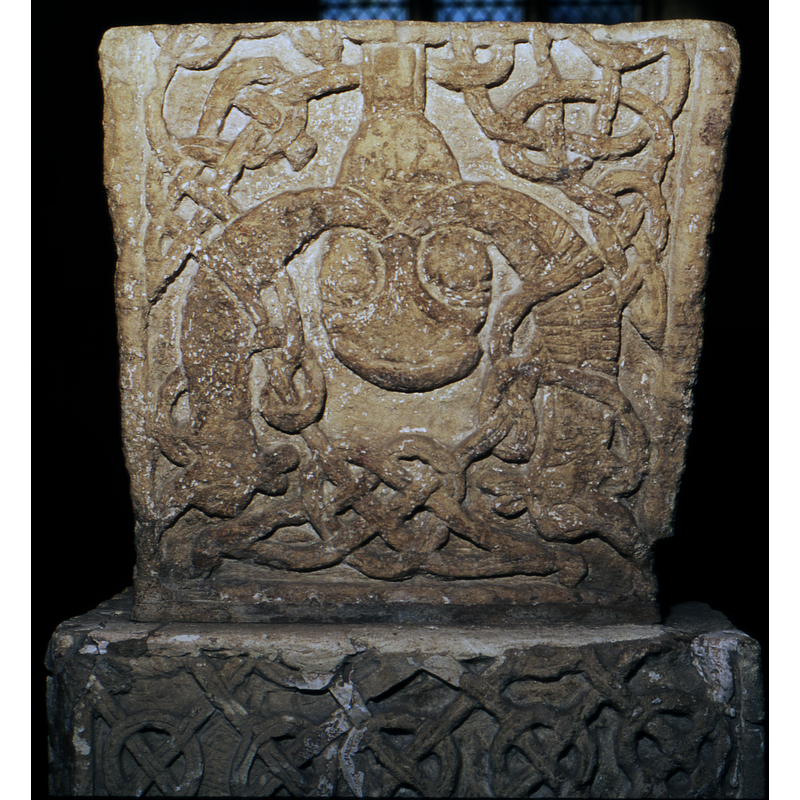
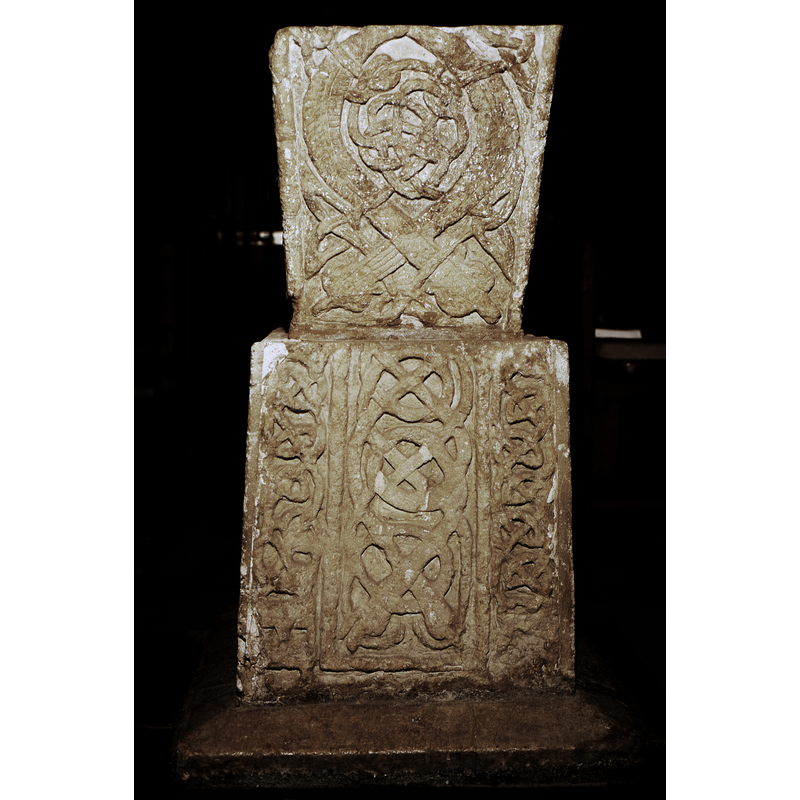
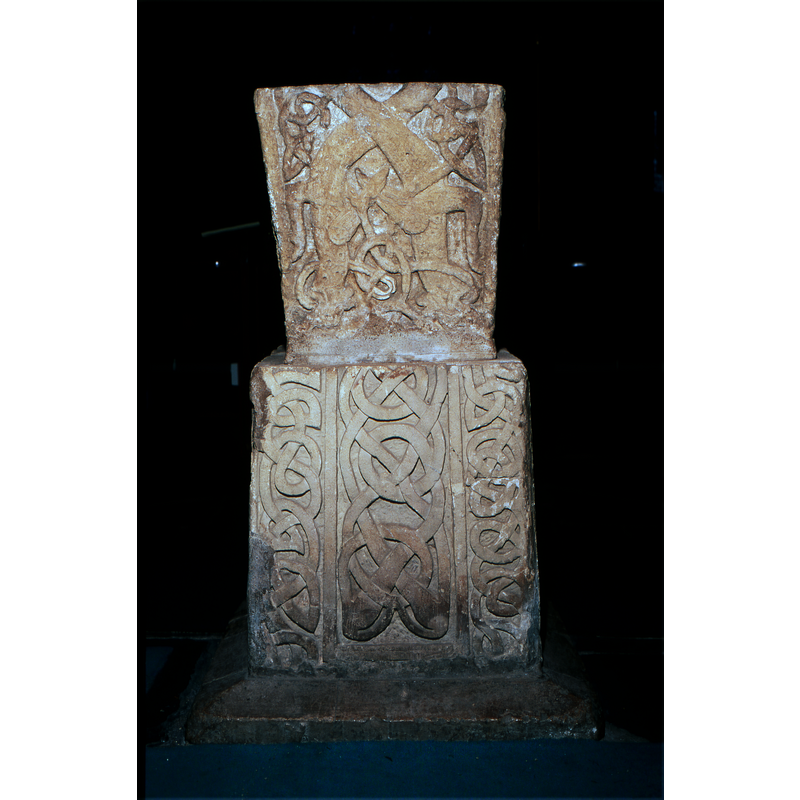

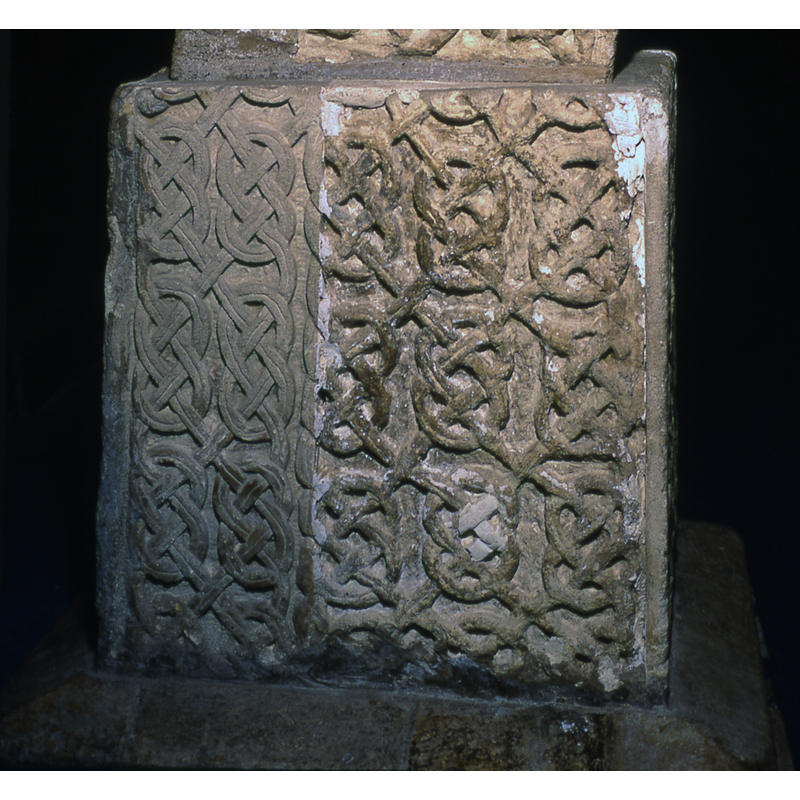
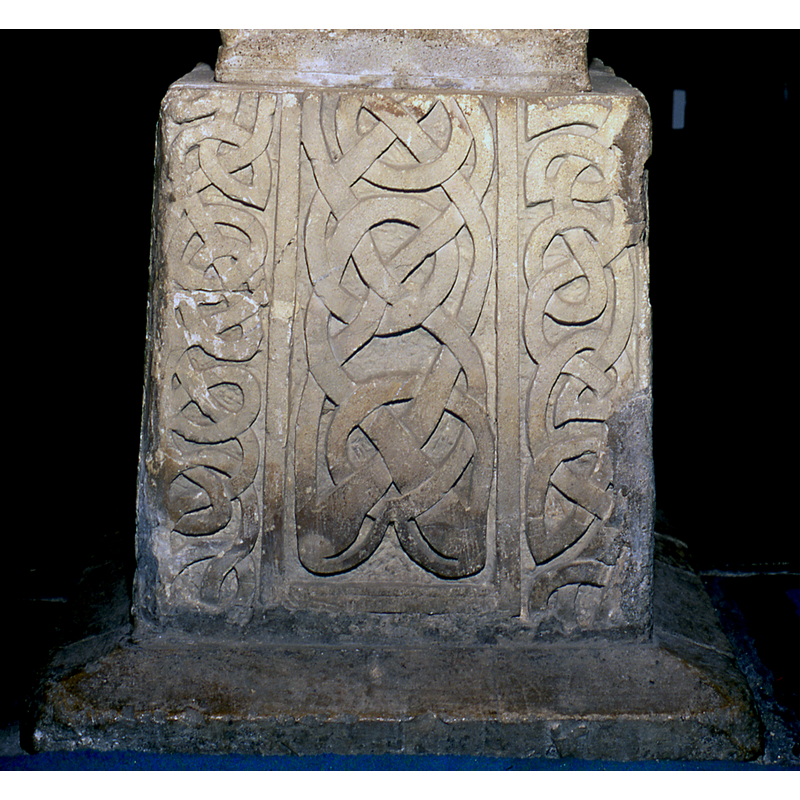
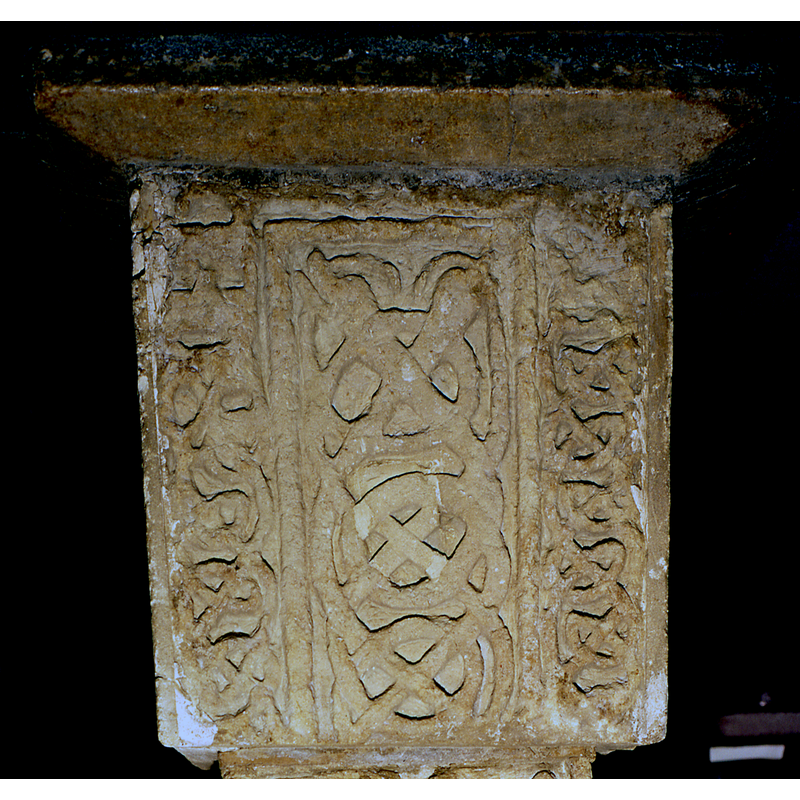
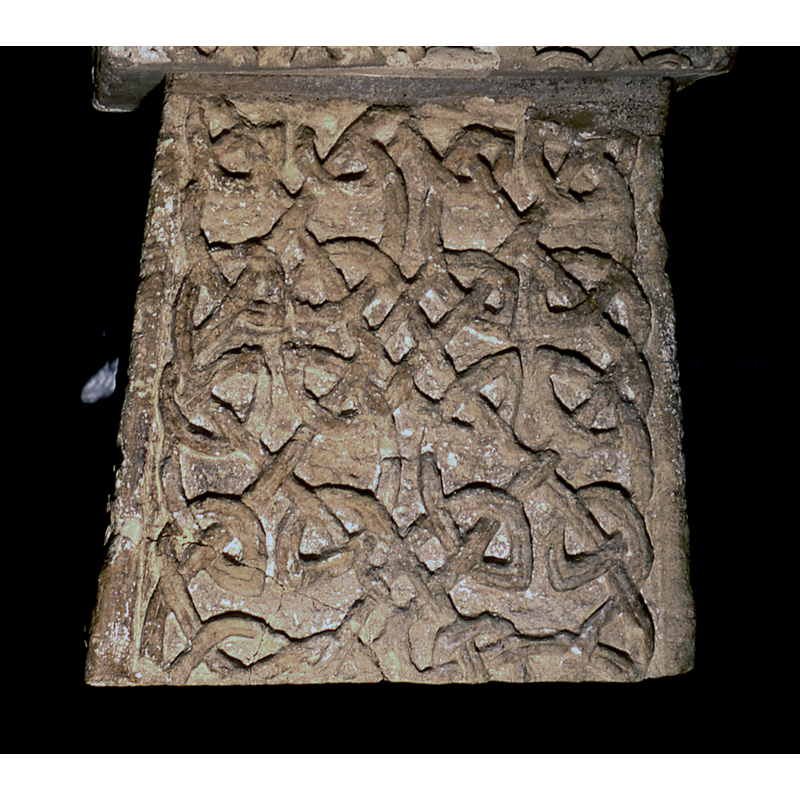
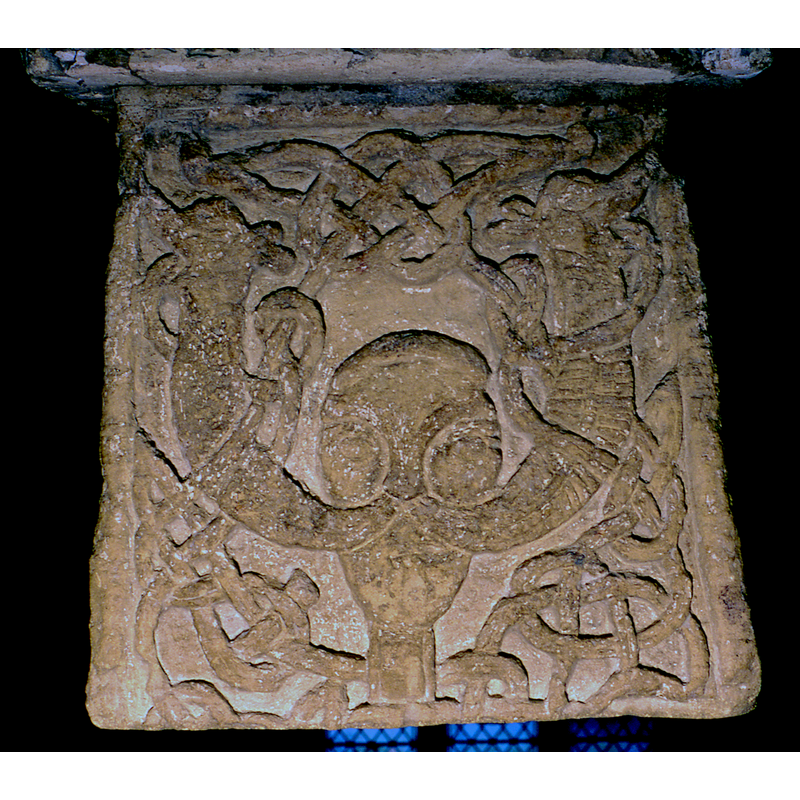
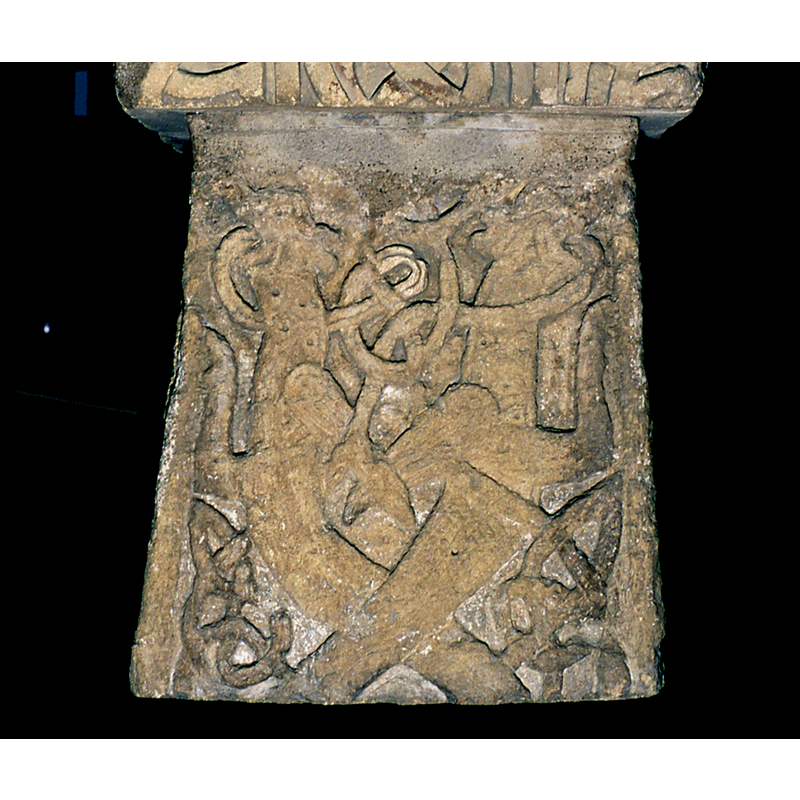

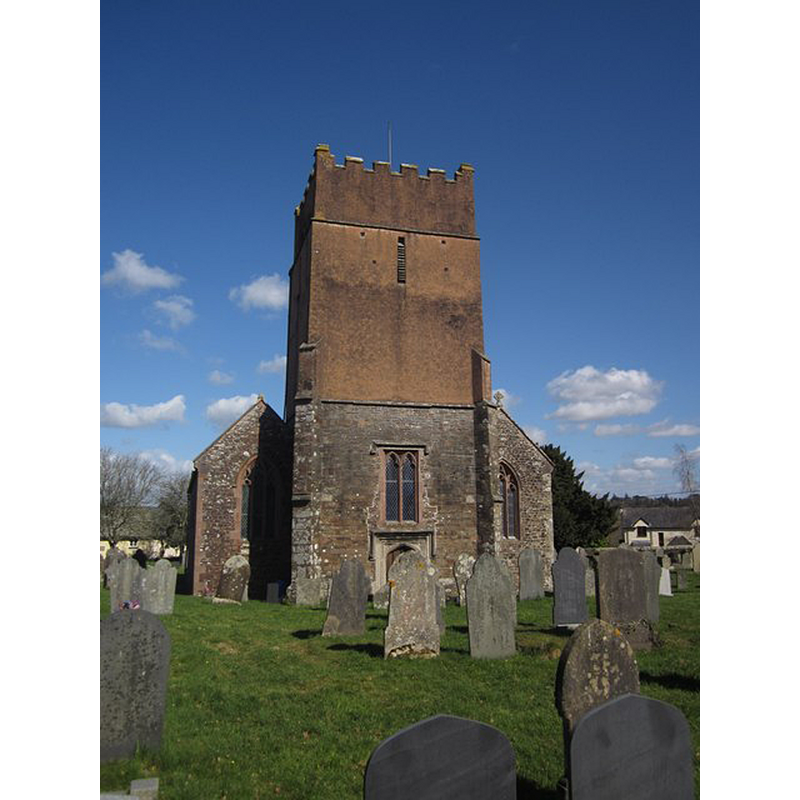
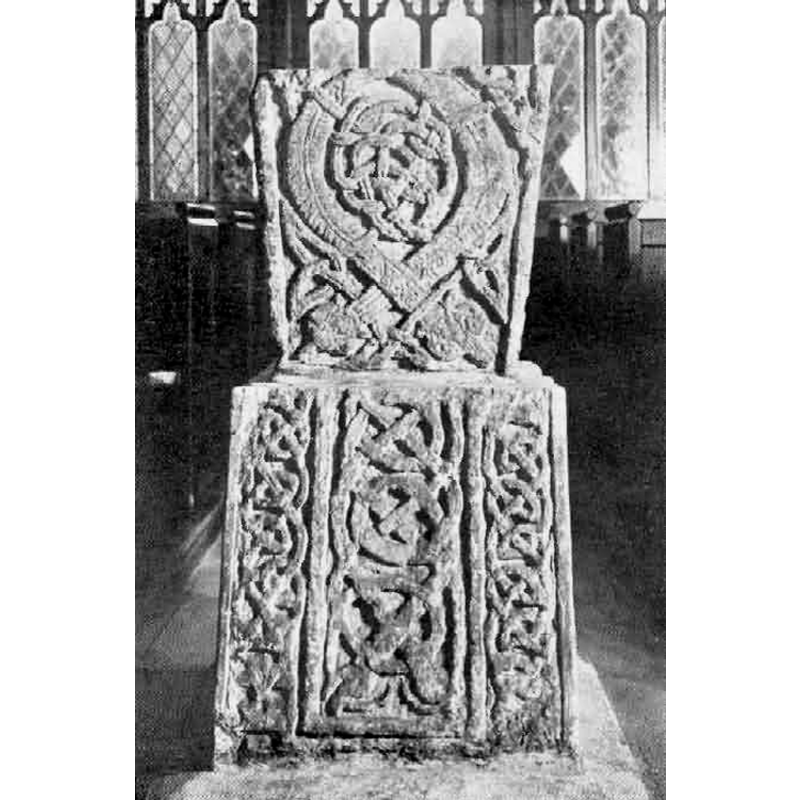
![[cf. FontNotes]](/static-50478a99ec6f36a15d6234548c59f63da52304e5/compressed/0050522017_compressed.png)
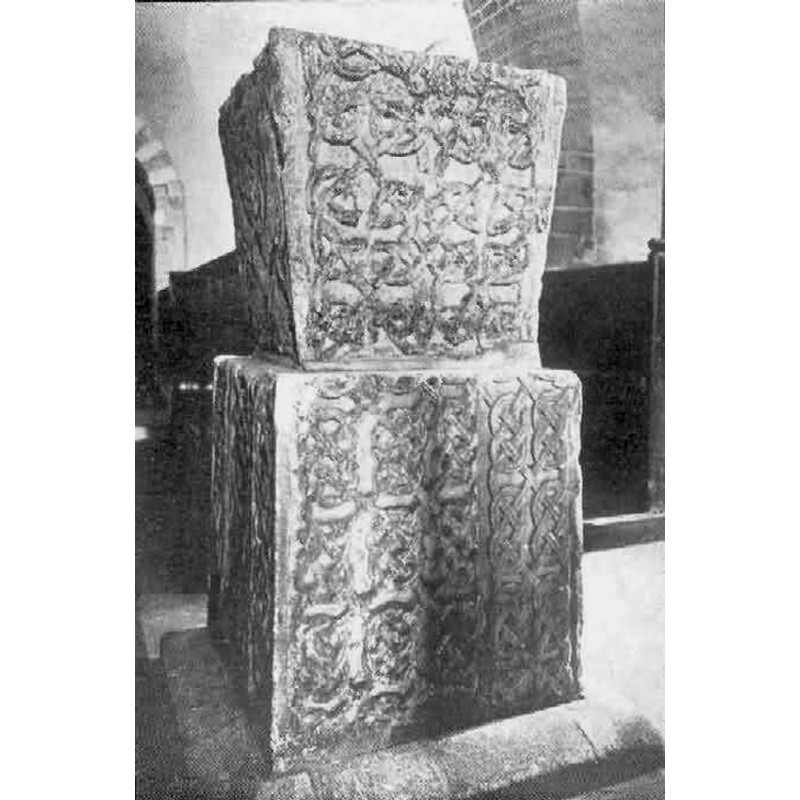
![[cf. FontNotes]](/static-50478a99ec6f36a15d6234548c59f63da52304e5/compressed/0050522015_compressed.png)
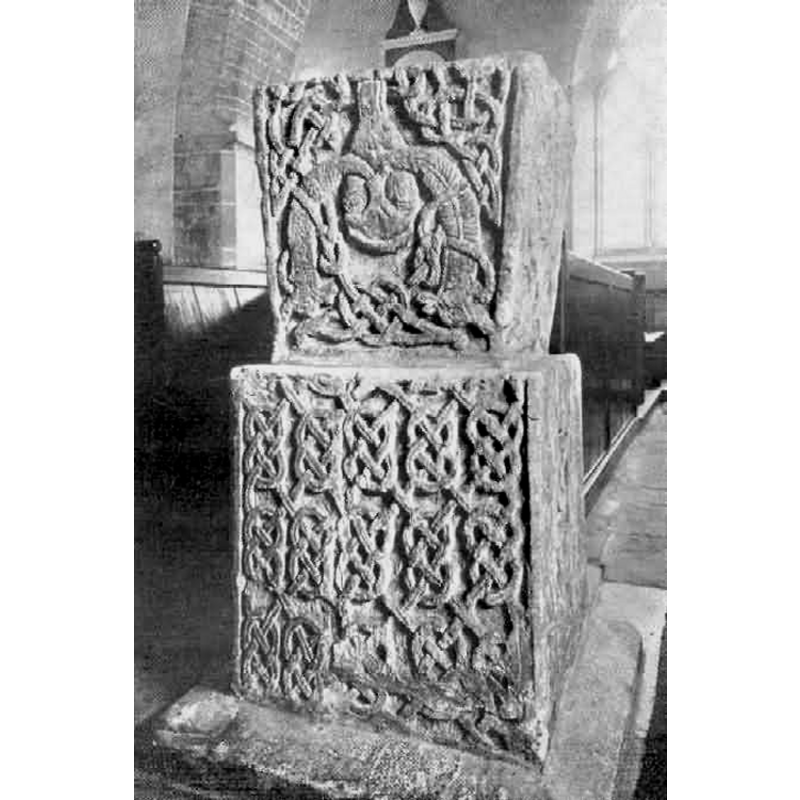
![[cf. FontNotes]](/static-50478a99ec6f36a15d6234548c59f63da52304e5/compressed/0050522016_compressed.png)
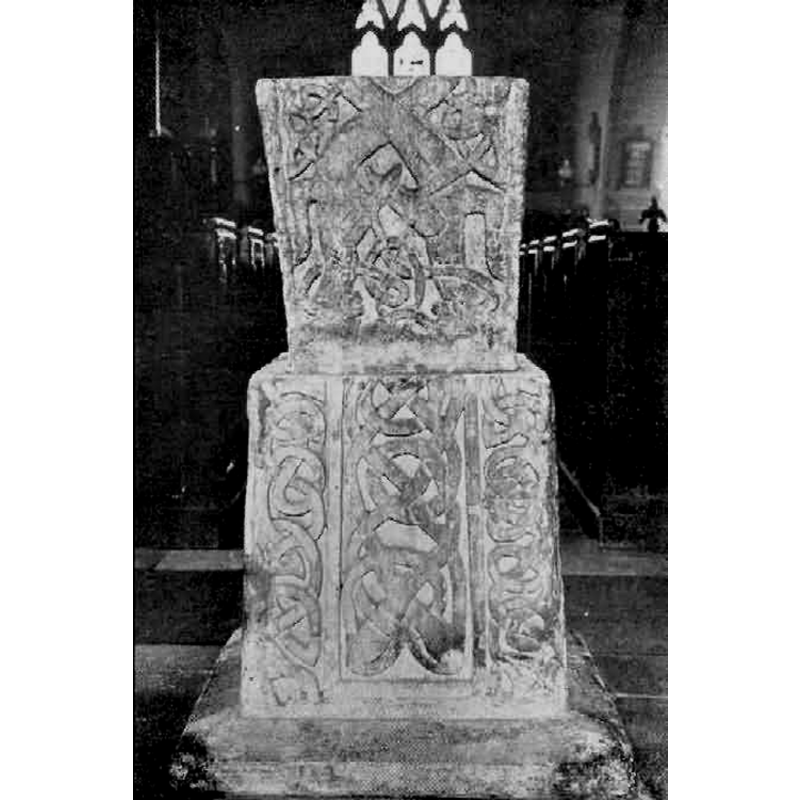
![[cf. FontNotes]](/static-50478a99ec6f36a15d6234548c59f63da52304e5/compressed/0050522018_compressed.png)